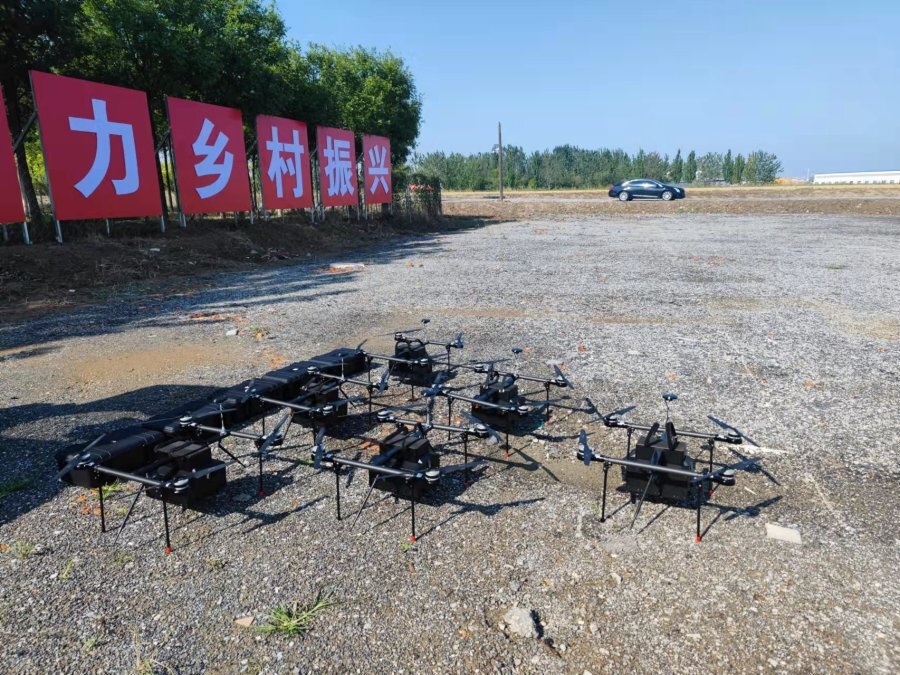Delivery Drones

Will Delivery Drones Be a Reality?
Will Delivery Drones Be a Reality?
The term "delivery drone" describes an unmanned aerial vehicle used for the transportation of packages, medical supplies, food and other goods. Most are autonomous. The FAA recently proposed criteria for type certification of delivery drones in 2020, when commercial operations can begin. Read on to learn more about delivery drones and how they will impact the business landscape. The FAA has also proposed a regulatory framework for commercial use of these aircraft. But will it ever become a reality?
As far as noise is concerned, commercial delivery drones generate a lot of noise. The FAA recommends a noise level of 65 dB in residential areas, but commercial delivery drones clock in between 75 and 90 dB, exceeding the FAA's safe level of noise pollution. Moreover, the sounds they make are at frequencies that humans are sensitive to. And the louder the aircraft get, the faster they fly and the stronger the wind, the more they make sound.
A delivery drone could also be used for single-item purchases. Many of the products sold on Amazon are under five pounds, so drone deliveries would be similar to those from a regular courier service. But while the early days of delivery drone services will likely be limited to urban areas, a drone may be able to deliver only one package at a time, which could result in long wait times. This technology will be most useful in mountainous or remote locations, where people can't get to a store or pharmacy.
The COVID-19 pandemic and the rapid urbanization of cities in India are two major factors driving the demand for delivery drones. Furthermore, drones could be used to provide contactless or automatic delivery services. The speed of drone delivery might increase the demand for these products. If the technology catches on, it will be the best alternative to delivery vehicles. It isn't too early to tell whether this technology will catch on. However, it is already possible that it could become a reality.
The delivery drone market is segmented based on payload. The less-than-2-kilogram segment is the most popular in the early stages, and will be responsible for the bulk of the market until 2021. More than 5 kgs will grow at the highest CAGR during this time, including commercial goods. A typical commercial delivery drone will be capable of delivering between five and fifteen kilograms. In the meantime, the technology is still a far cry from autonomous deliveries.
In an attempt to improve customer service, UPS teamed up with the drone technology company Matternet to deliver samples of organs and medicines. The drone was able to deliver the samples in just three minutes, a remarkable feat for a drone. But while this might seem like an amazing feat, it is far from complete. The drones were a great step forward for UPS, and the industry is ripe for further development. It is likely to be used by many industries.
0users like this.
